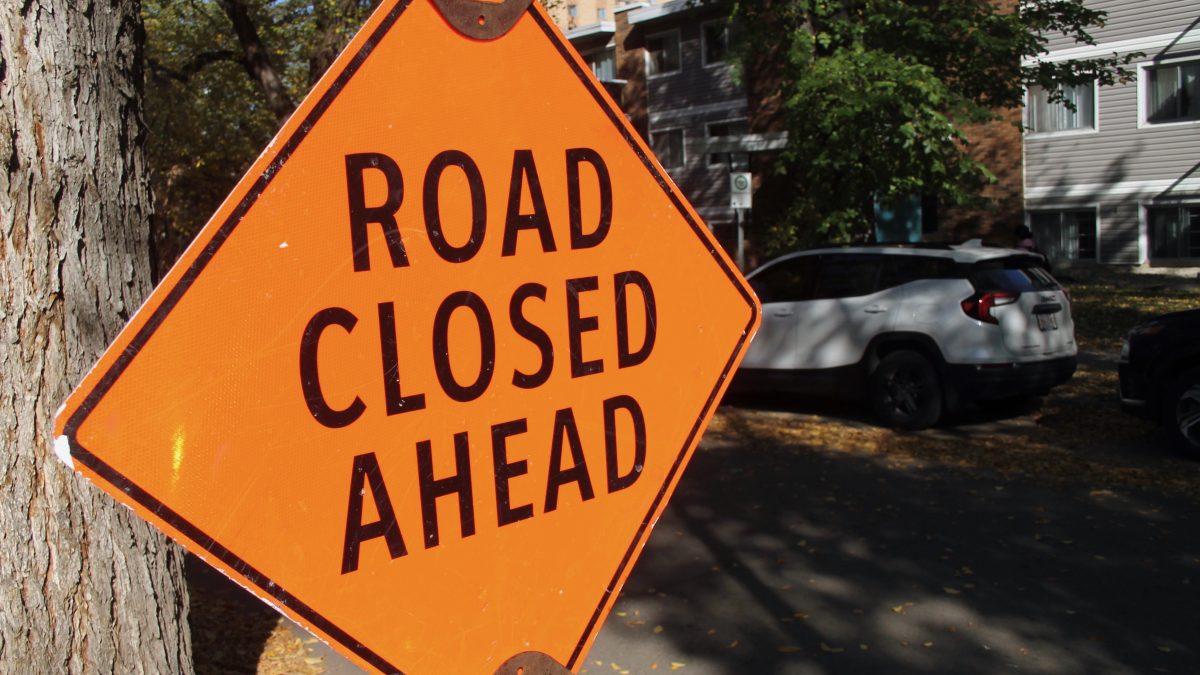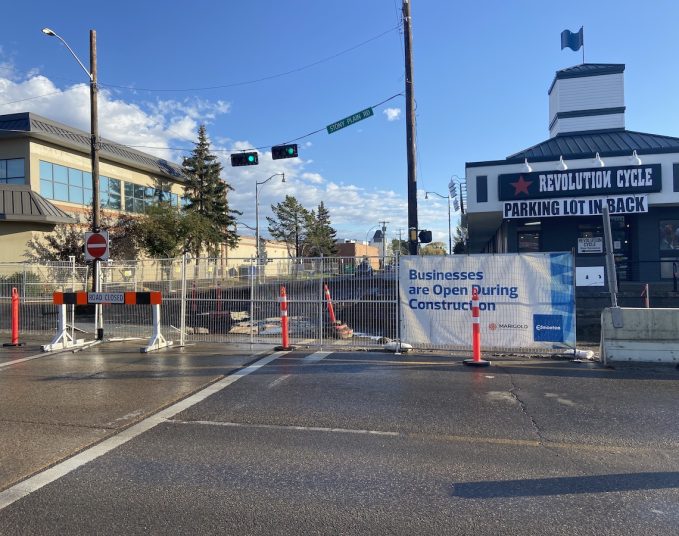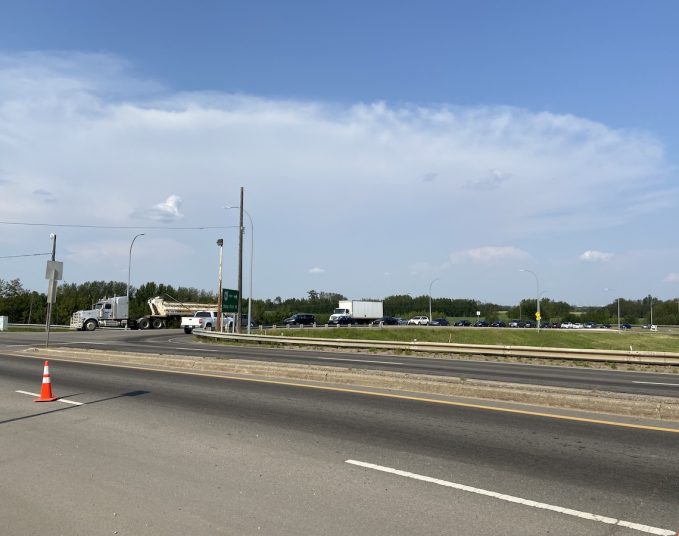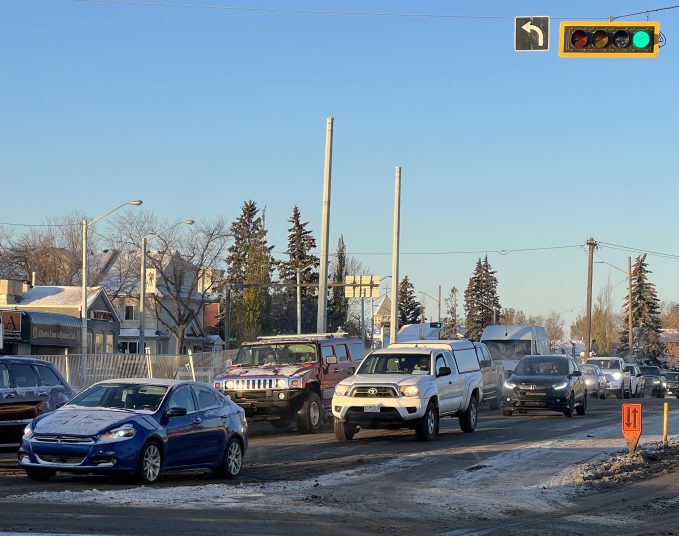There are more than 200 construction projects ongoing in the City of Edmonton. And, based on how long it takes me to commute in the morning, I’m not surprised. I’m sure none of our readers are, either.
But what happens when those projects cross over from a necessary inconvenience to a public health and safety concern? Just a few weeks ago, our editor experienced a medical emergency. Without invading his privacy, suffice it to say he needed immediate medical attention and was rushed to the hospital by his wife. Now, this is relevant because the roadways outside of his home are torn up, inundated with construction equipment, pylons and barricades. In his moment of need, had he been alone, would an ambulance have been able to make it in time?
Tylan Gregson is a primary care paramedic. For the past five years, he’s worked part-time riding shotgun and behind the wheel in Edmonton’s ambulance fleet. He acknowledges there have been instances where construction projects have meant first responders had to hoof it in order to make it to the patient.
“We’ve got a stretcher with wheels and just push it the distance,” Gregson says, recalling an instance on Jasper Avenue and 109th Street where construction work prevented the ambulance from being able to park nearby the destination. “We had to get out and walk. It isn’t that far, but it did create a delay.”
This all might sound somewhat shocking when you consider that in an emergency every second counts, but there are systems in place that at least help to minimize these sorts of delays.
“There are many steps involved to mitigate impacts,” says Verity Higgins, a communications advisor with the City of Edmonton. “Adjusting traffic signalling, rescheduling bus routes … and looking at traffic impacts to plan detours.”
Higgins says the City also tries to balance which areas of the city are undergoing the most work, but that some projects are not under their purview. In cases where there is a lot of work, the City works to consult with emergency services and update them about potential impacts.
“Emergency services teams are consulted throughout the planning of infrastructure projects,” Higgins noted. “Ensuring emergency service requirements are met to minimize impacts to emergency vehicles.”
That’s important, given the focus from AHS and others on reducing emergency response times, which in November of 2022 were as high as 21.8 minutes for life-threatening calls in metro centres, according to an AHS report. In April of this year, that number shrunk to 12 minutes.
Sometimes, though, trudging through traffic and construction can still be quicker than calling another responder, Gregson says.
“A lot of times, they’ll say, ‘OK, you’re the closest ambulance’ but I’m still driving from the south side to the north end. Even with clear roads, I’m still going to be at least 20 minutes with the lights and sirens,” he says. “So yes, I might be delayed a few minutes, but that could still be quicker than some other instances where I had no delay.”
Savvy AF. Blunt AF. Edmonton AF.




